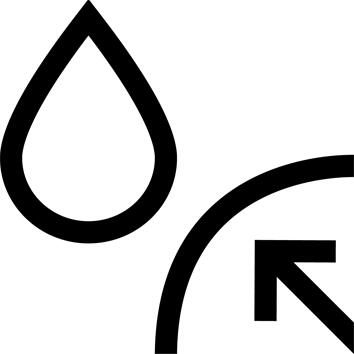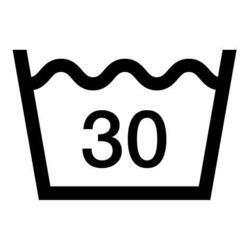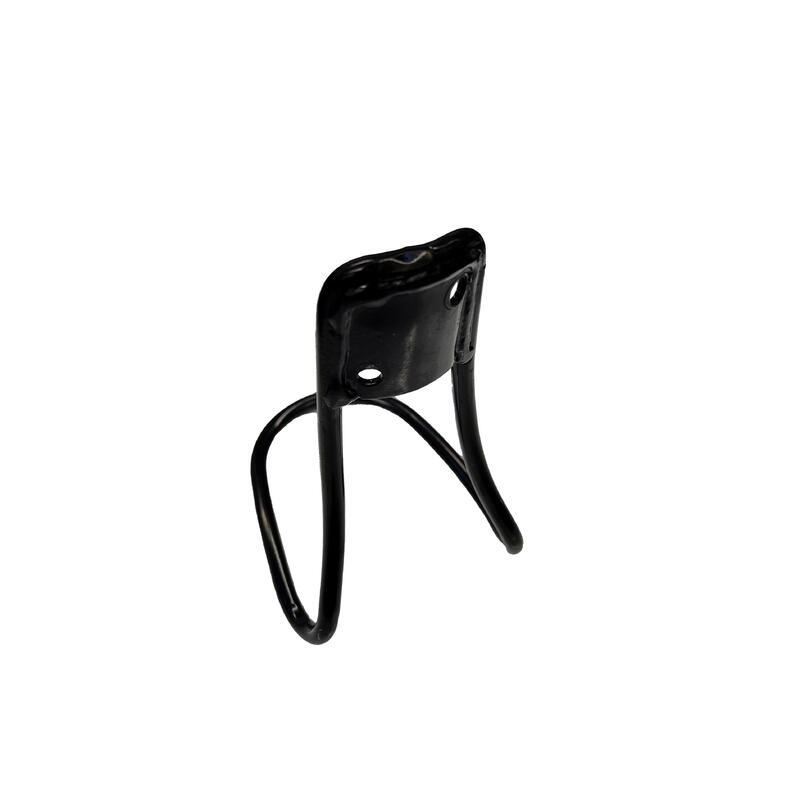Waterproofing 1/2
We measure a fabric's resistance to water pressure expressed in mm water column (test based on ISO 811 standard). The higher the pressure, the more waterproof the fabric.
Here are the waterproof values:
Component resistant to a water pressure of 5000mm after ageing (5 washes). This is equivalent to 5000 Schmerber - the average pressure exerted by water during a rain shower.
The waterproofness of the hat was tested under a rainfall of 100 liters of water / m² / hour for 3 hours.
Waterproofing 2/2
- Water-repellent components (water runs off fabric)
- 100% taped seams
Breathable fabric
Pour savoir si un tissu est respirant, on mesure sa résistance évaporative RET (norme ISO 11092). Plus la résistance est faible, plus le tissu laisse s’échapper la vapeur d'eau et donc plus le tissu est respirant.
On considère que si :
RET < 9 = tissu très respirant
9 < RET < 12 = tissu respirant.
Voici les valeurs de respirabilité de la veste Trek 500 :
> Tissu le plus résistant : RET < 12 (ou 3621 g/m²/24h, norme JIS1099A)
> Tissu le plus léger : RET < 8 (ou 2972 g/m² /2
Water-repellent information
A fabric's water repellency is its ability to let water slide off its surface without absorbing it.
This means your jacket won't become waterlogged, remaining light and breathable. Water repellency is achieved by a treatment applied to the outer face of the fabric, but in use these properties can be altered.
Water repellency can be reactivated by tumbling the jacket for 10 minutes at low temperature.
HOW TO REACTIVATE WATER-REPELLENCY?
Drying is essential to reactivate the water-repellent treatment.
We recommend that you let your jacket dry completely in the open air, flat on a drying rack. Never dry your jacket directly on a radiator.
Then tumble dry on the synthetic program for a short time (10 to 15 minutes) before putting it back on. Be careful not to over-dry the garment.
Weight
58 cm : 0.101 kg
60 cm : 0.1 kg









